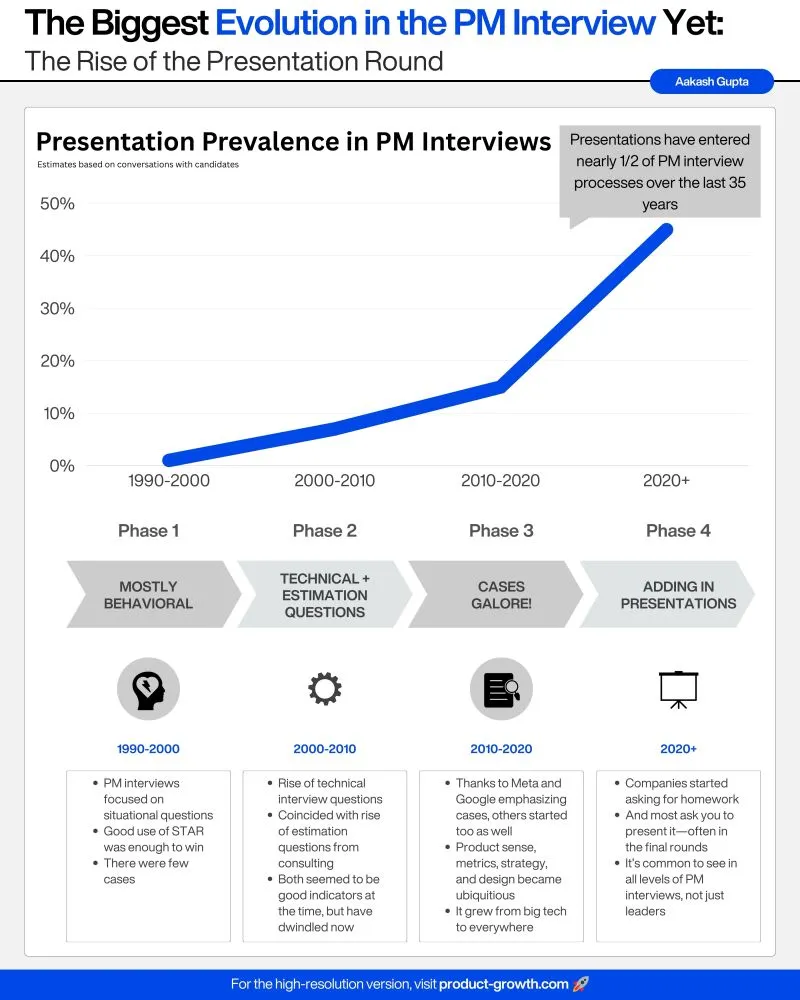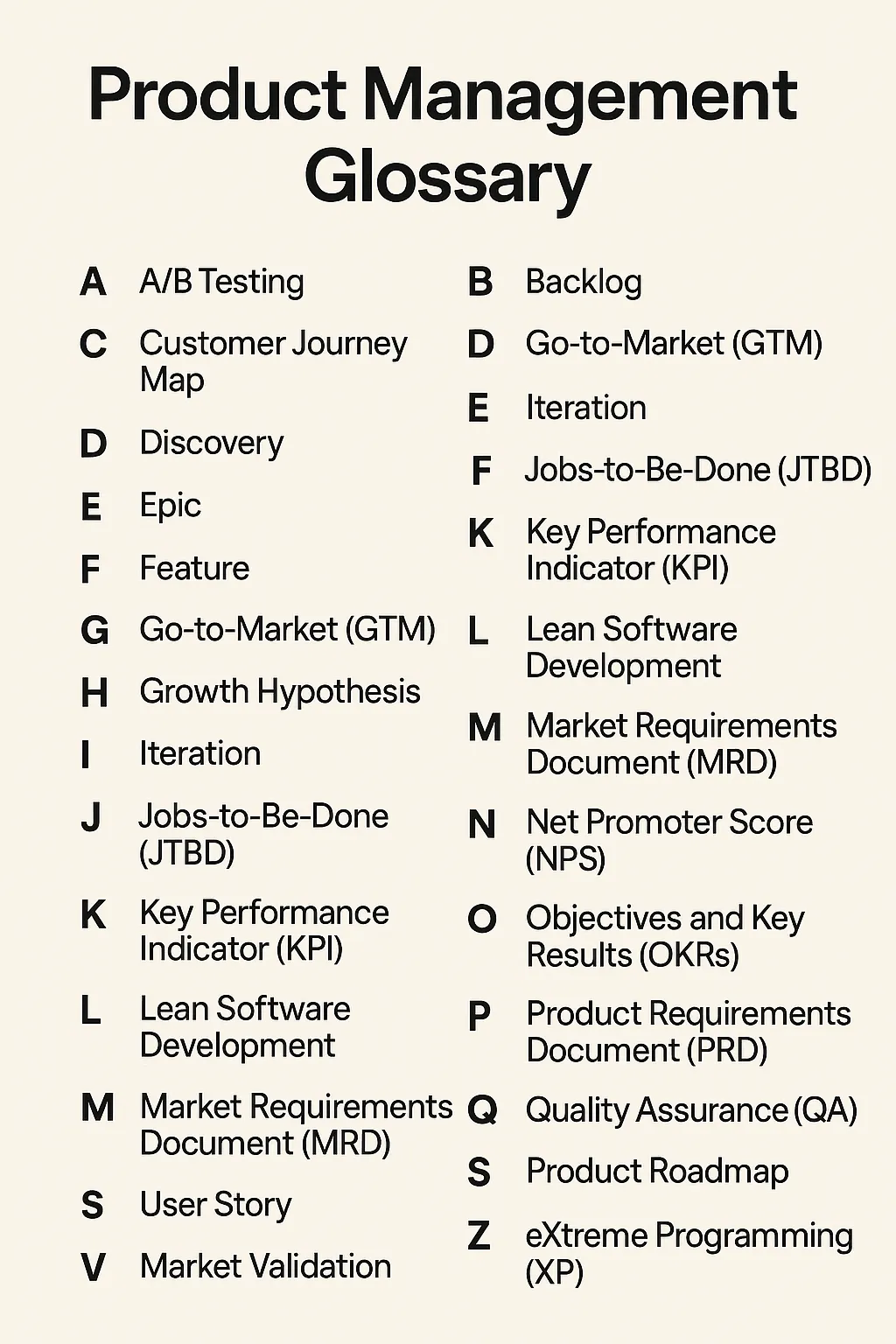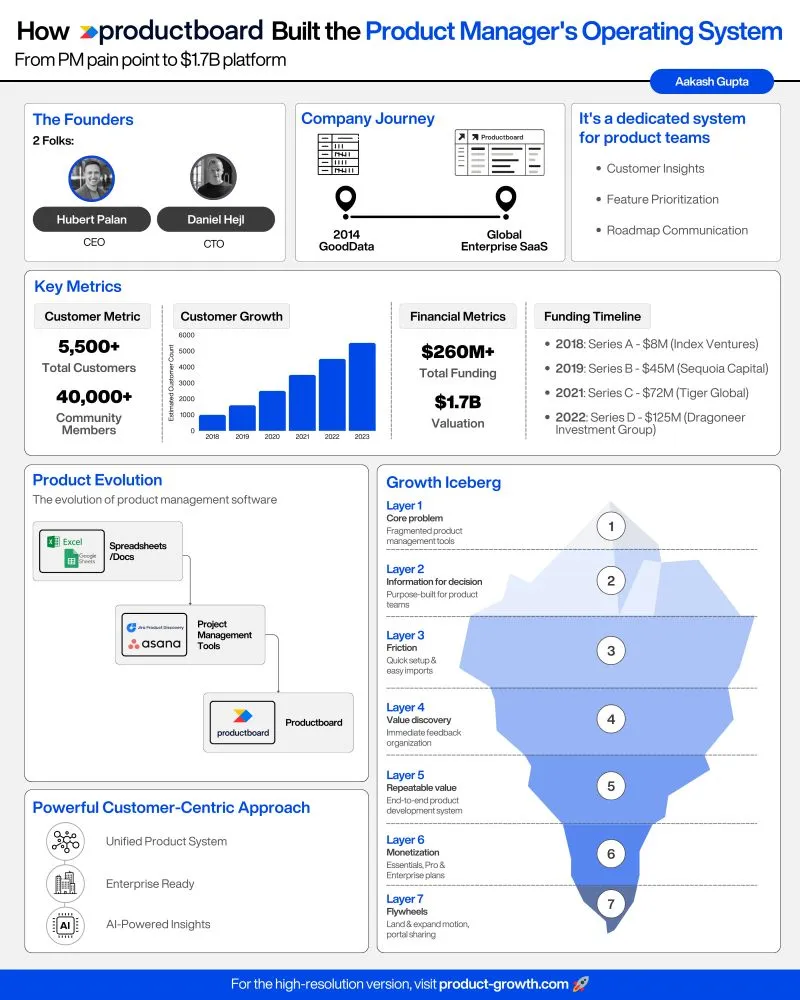
Why Smart People Fail To Influence Decision Makers
I’m sitting at my aunty’s kitchen table, steam rising from her signature chocolate chip cookies, trying to explain why cryptocurrency isn’t just “pretend money on the internet.”
Three cookies and two cups of tea later, she’s nodding along, even if she’s just being nice about it.
Funny thing is, that conversation went better than my Monday morning with Jack.
There he was, my CFO client, slumped in his leather chair in that corner office with the killer Manhattan view he never actually looks at. Numbers are his thing — give him a spreadsheet, and he’ll make it sing. But this particular Monday? The music had definitely died.
“For the love of God,” he groaned, rubbing his temples, “just… dumb it down for me?”
I opened my mouth. Closed it. Opened it again. Started comparing our legacy system to a rusty old Chevy, then somehow veered into space travel metaphors.
By the time I finished, poor Jack looked like he was trying to solve a Rubik’s cube in the dark, with mittens on.
He actually pulled out a quarter after I left. I saw him flipping it through his office window — though he swears now it was just a “thinking exercise.”
Look, here’s the thing about explaining tech to executives: it’s not that they don’t get it. These people build entire business empires while I’m still trying to figure out my coffee maker most mornings. But bridging that gap between “too basic” and “wait, are you speaking Dothraki?” — that’s the real puzzle.
I’ve watched brilliant CTOs crash and burn trying to explain simple upgrades to their boards. I’ve also seen startup founders lose million-dollar funding because they couldn’t translate their vision from tech-speak to human-speak.
Hell, I once watched a developer try to explain cloud migration using a weather metaphor that somehow ended with penguins in space.
The secret? Well, that’s what we’re here to unpack. Grab your beverage of choice — might want to make it a double if you’ve ever had to explain why “turning it off and on again” is sometimes actually the right answer to a room full of MBAs.
The executive mindset: decision-making under pressure
Ever wonder what keeps executives up at night? Besides their third espresso of the evening, I mean.
After a decade of watching them squirm in boardrooms, I’ve learned something: these folks are drowning in spreadsheets while gasping for a single drop of clarity.
Think about it — their scribbled signature can either launch the next big thing or become tomorrow’s cautionary tale.
And time? That mythical creature called “taking your time” doesn’t exist in their world.
I had this client once — let’s call him Trent— who kept a stress ball shaped like Earth on his desk. By the end of most days, poor planet Earth looked like it had been through several apocalypses. “Just tell me what I need to know,” he’d plead, squeezing continents into oblivion.
McKinsey did this study (because, of course, they did), showing that big-shot leaders spend nearly half their time making strategic decisions. The irony is most of them think they’re wasting that time.
And let’s talk about our brains for a second — specifically our prefrontal cortex. Under pressure, it’s basically a teenager taking shortcuts home: sure, cutting through Old Man Sal’s backyard might save time, but you might also end up explaining yourself to the neighborhood watch.
After observing countless executives stress-squeeze various desk toys, I’ve cracked their code. They’re really just asking three things, even if they’re too polite (or too stressed) to put it this bluntly:
- Show me the money we’re not setting on fire.
- Tell me how many hours of my life I’m getting back.
- And for the love of all things holy, what disaster are we avoiding?
Are you speaking a different language?
Technical jargon feels cozy and precise to us tech folks, but drop those terms in a boardroom, and you might as well be reciting poetry in reverse. A recent study found that defining jargon increases audience engagement.
I once watched a lead data scientist beaming excitedly about their latest AI breakthrough. “Our F1 score jumped 10 points!” he announced to our CEO.
The CEO’s response? That polite smile you give when someone shows you pictures of their cat’s birthday party.
So I jumped in: “Hey, Tony means our AI is now catching mistakes 10% faster than before. Remember those customer complaints about wrong predictions last quarter? This fixes that, plus it’ll save us about three hours of manual checking every day.”
The CEO’s eyes widened with interest: same information, different wrapper. Like serving broccoli to a toddler — sure, you could explain the nutritional benefits or call them little trees and get on with your day.
Don’t get me wrong — I’m not suggesting we treat executives like kids (though sometimes the parallel is… never mind).
You wouldn’t translate word-for-word; you’d give context, point out what matters, and connect the dots.
Bottom line? Keep the meat, and change the sauce.
The power of framing
There’s this fascinating study by Daniel Kahneman that shows how simply rewording something — same facts, different package — can flip decision-making on its head.
Tell someone you’ve reduced errors by 10%, and they might yawn. Tell them you’re delivering 10% more accurate results, and suddenly, they’re all ears.
In communicating with executives, frame technical changes as they relate to risk reduction, time savings, or profit margins. This speaks to the executive brain’s disposition for minimizing losses and maximizing wins.
You’re not manipulating data. You are emphasizing the aspects that align with their priorities.
Case study: the multi-choice solution
Let me tell you about this SaaS company I worked with a few months ago.
“Is this really necessary?” the CEO asks, coffee in hand, looking at the cybersecurity protocol proposal like it was written in gibberish.
“Can’t we just go with the cheaper option? I mean, really?”
I could see she wanted a straight answer — no tech jargon, no consultant-speak, just the plain truth.
I boiled it down to three choices:
First up, the Basic Protocol — kind of like buying the cheapest home security system on Amazon. Sure, it’ll save you money now, but good luck explaining to your customers why their data’s hanging out on the dark web.
Then there’s the Standard Protocol — your Goldilocks option. It is not too hot or cold and has enough security to let you sleep at night without emptying your bank account.
Finally, the Advanced Protocol — the Alcatraz special. Maximum security with enough bells and whistles to impress any tech mogul, though you might need to hire a small army just to maintain it.
I even sketched out this flowchart (on the back of a takeout menu) showing how each choice might play out.
You know what? Something clicked. Instead of drowning in technical specs, she was actually leaning in, asking questions that mattered.
The best part? When she chose the Standard Protocol, it wasn’t because I nudged her there. It was because she finally saw the trade-offs in crystal-clear terms. She wasn’t just making a decision — she owned it.
The CLEAR Model — Because I Love Acronyms
- Condense: Focus on the key point — what is the most critical information they need?
- Link: Connect technical terms to business outcomes, a.k.a. dollars. How does this data point affect their strategic goals?
- Exemplify: Use real-world examples that relate to their industry or past projects.
- Ask: Encourage questions to gauge their understanding and adjust your explanation accordingly.
- Repeat: Because humans aren’t RAM.
The CLEAR model helps keep the conversation focused and relevant without falling into over-explanation.
Engagement Over Explanation
Listen, I learned this the hard way after bombing so many presentations. I used to walk in there armed with spreadsheets and fancy terms, thinking that’d do the trick. It was a total fail.
But here’s what works — forget treating them like human computers that need data input. A real breakthrough happens when you see them sit up, grab their pen, and start scribbling notes like crazy.
When they cut you off mid-sentence with “Hold up — could we use this for that supplier issue?” That’s magic right there.
But here’s the tricky part: how do you know if you’re actually getting through?
Let’s talk about engagement — it’s your best friend here. When leaders ask questions because they’re curious, that’s pure gold. You’re definitely onto something if they connect your points to their goals and challenges.
Some fascinating research found that leaders who actively engage during presentations are more likely to remember the information presented and act on it.
Want to know if you’re hitting the sweet spot?
Pay attention to where their questions are headed. If they’re asking things like:
“How would this affect our Q3 numbers?” or
“Could we use this approach in Project X?” — you’re in business.
As soon as someone starts running with your ideas, you know you’ve actually done your job.
Like my old mentor used to say, “If they’re already solving tomorrow’s problems with today’s presentation, you can shut up and go home.” Works every time.
Nonverbal Cues of Understanding
I’ve spent years watching how executives respond in meetings, and Dr. Mehrabian’s research confirmed something fascinating about body language — it tells you more than words ever could.
When your message resonates, you’ll see it written all over their face — that focused eye contact, the thoughtful nods, the way their expression softens. These aren’t just polite gestures; they’re genuine indicators of engagement. Recognizing these signs can make you feel perceptive and in tune with your audience.
But let’s talk about the warning signs, too. I remember presenting to a board where half the room was checking phones and sitting with arms firmly crossed. That taught me something valuable — when you spot these defensive or distracted behaviors, it’s time to pivot.
What’s interesting is how consistent these patterns are. Watch for people leaning forward in their chairs — that’s pure gold. They’re literally moving closer to your ideas.
On the flip side, if they’re physically pulling back or looking everywhere but at you, you haven’t lost them yet, but you’d better check-in. A simple “How does this align with what you’re seeing in the market?” can work wonders to bring them back into the conversation.
Feedback or Follow-Up Requests
What really stands out after these high-stakes presentations isn’t just what happens in the room — it’s what follows. I noticed this pattern early in my career: when an executive finds real value in your insights, they want more. They’re not just nodding and rushing off to their next meeting.
Business Communication Quarterly published some fascinating research on this. When leaders trust your judgment and grasp your message, they tend to reach back out. It makes sense — we all dig deeper into things we actually care about and understand.
I remember this CFO who, after what seemed like a routine tech update, surprised me by asking for detailed documentation and specifics on our testing metrics. It wasn’t just polite interest — he was already thinking about implementation.
The real victory comes when you hear things like:
“Send me those numbers,” or “Let’s schedule a follow-up in a few weeks.”
These aren’t just courtesy comments. They signal something much more valuable — your message didn’t just land; you planted a tiny cactus.
From Translation to Transformation
When explaining a technical concept to an executive, remember this:
They don’t need to understand how the watch works — they need to know what time it is and why it matters to their business.
Your job isn’t to make them technical experts but to make them confident decision-makers about technical matters.
Consider this: Would you rather be technically precise or strategically understood? Because in the executive suite, you rarely get to be both.
At the intersection of tech and executive understanding, clarity isn’t just about being right — it’s about being understood. And in that space, less isn’t just more — less is everything.









Comments ...
No Comments Yet ...Add One